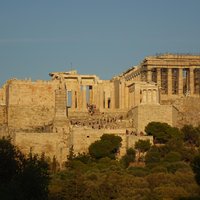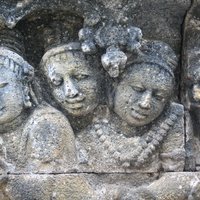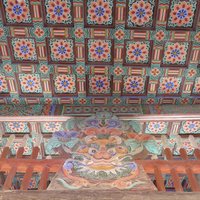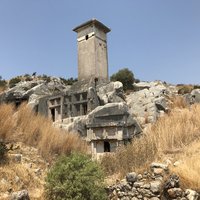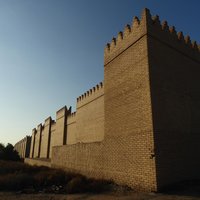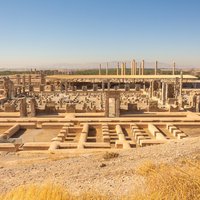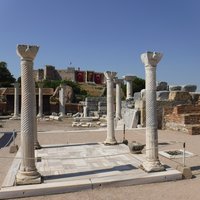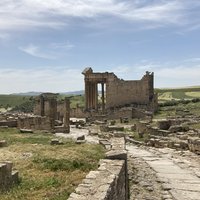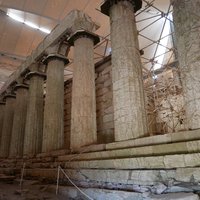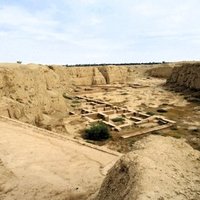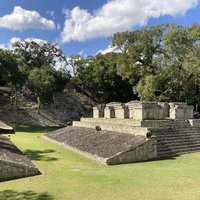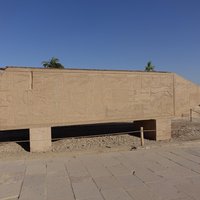Connected Sites
-
-
2 Buddha statue heads from the stupas surrounding the central mound were included in the "Raffles Collection" gifted to the British Museum. 1 (at least) is on show in room 33
See www.britishmuseum.org
-
The best of the reliefs were taken down stone by stone in 1905, and set up partly in the British Museum (wiki)
-
Foot from the "Colossos of the Naxians". The statue of Apollo is thought to have been c9m high and dated from 6C BC. The statue was destined to be cut up and now only 2 portions remain on site (albeit having been moved) Most of it is lost. The BM acquired its section in 1819. See
See www.britishmuseum.org
-
"Of the four stone lions guarding the top of the staircases only one remain. A second one is located at the British Museum in London. As for the whereabouts of the other two, they are still unknown." -wiki
-
"The city (of Xanthos) was rediscovered in 1838 by Charles Fellows. He brought 70 boxes of reliefs and sarcophagi on board the ship HMS Beacon, which he shipped to the British Museum" (Wiki)- in particular the Nereid Monument
See www.lycianturkey.com
-
-
-
Croesus' signature has been found on the base of one of the columns of the temple (now on display in the British Museum) (wiki)
-
Cenotaph Inscription: played a significant role in deciphering the Libyco-Berber script, in which the Numidian language (Old Libyan) was written.[1] The language is however still not fully understood. The inscription once formed part of the Libyco-Punic Mausoleum (Mausoleum of Ateban) at Dougga in Tunisia, before it was removed in the mid nineteenth century and taken to London, where it is now in the British Museum's ancient Middle Eastern collection (wiki)
See en.wikipedia.org
-
"Bassae Sculptures" - Twenty three blocks from the frieze that ran around the interior of the building showing the battle between the Greeks and Amazons and the Lapiths and Centaurs.
See www.britishmuseum.org
-
-
-
-
-
The Tomb Chapel of Nebamun - 11 wall paintings from a tomb "somewhere on the west bank of Thebes"
See www.britishmuseum.org
-
Uruk Trough (also Royal Game of Ur and Standard of Ur, which both may seen as portable)
See en.wikipedia.org

